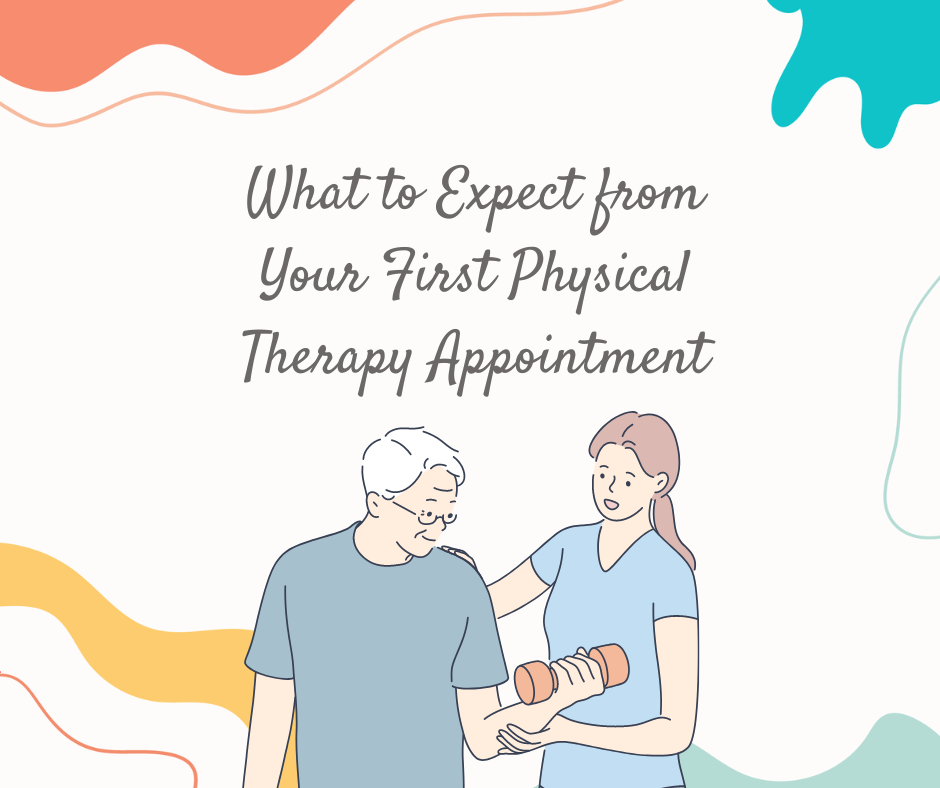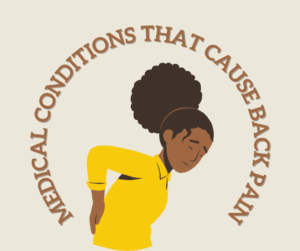You may benefit from the expert services of a physical therapist if you are sick or get hurt. Conditions like serious back pain affect your ability to move around normally or cause discomfort. Your physical therapist can evaluate your particular circumstance and offer targeted workouts and treatments to help you regain your prior level of function.
What Happens During My First Physical Therapy Appointment?
An initial evaluation is the name of your physical therapy first appointment with you. During this session, your physical therapist will devote some time with you to get to know your condition, your prior functioning level, and how it’s impacting your life. They will then create a treatment plan for you. They take precise measures of the limitations that may be the root of your issue.
Before your first physical therapy visit, write down the crucial information about the history of your problem. You are less likely to overlook critical details if you put things in writing.
What Information Do I Need to Know Beforehand?
Make sure you know all these pieces of information. Your physical therapist will need to record all of this down to give you the best treatment possible.
- How and when did your issue start?
- What level of functional mobility did you have before being hurt?
- How frequently do the signs come back?
- How is that issue evolving?
- Why do things improve or deteriorate?
- Your physical therapist (PT) will probably quiz you about your injury or sickness. Bring a list of your current medications and any past operations or procedures you may have had.
Afterward, your physical therapist will have a relatively straightforward concept of a treatment plan to begin working on reducing your pain and improving your mobility after your evaluation. Your physical therapist should go over the projected course of your rehabilitation with you and the treatment’s objectives.
What Will My First Treatment Be Like?
After your initial evaluation, your physical therapist might begin your treatment. To assist you in managing your pain and improve the function of your muscles, they might employ treatment techniques like ultrasound or electrical stimulation. One of the cornerstones of every rehab program is exercise. Following your initial assessment, your physical therapist should recommend a set of at-home practices and give you a detailed printout to help you stay on track.
Your PT will also provide recommendations regarding how frequently you should visit for treatments. Most rehabilitation programs involve twice or three times weekly appointments, and sessions are occasionally held once a week. Your unique program will be determined by various variables, such as your pain level or current degree of mobility.
Ask the PT what improvements you can anticipate doing over time before beginning a treatment regimen. Be upbeat, but set sensible goals.
Why is Physical Therapy Important?
According to research, a multidisciplinary team composed of a healthcare provider, PT, and other specialists produces the best results (such as a dietitian, occupational therapist, or psychotherapist when needed). The success of PT is typically lower when used sporadically or irregularly.
Your interaction with your physical therapist should resemble a therapeutic alliance where you work together to improve your ability to move and feel. Just ask if you have any questions about what is happening during physical therapy. Your physical therapist should be open to questions and be able to provide short, understandable responses regarding your conditions, treatments, and recovery schedule.








